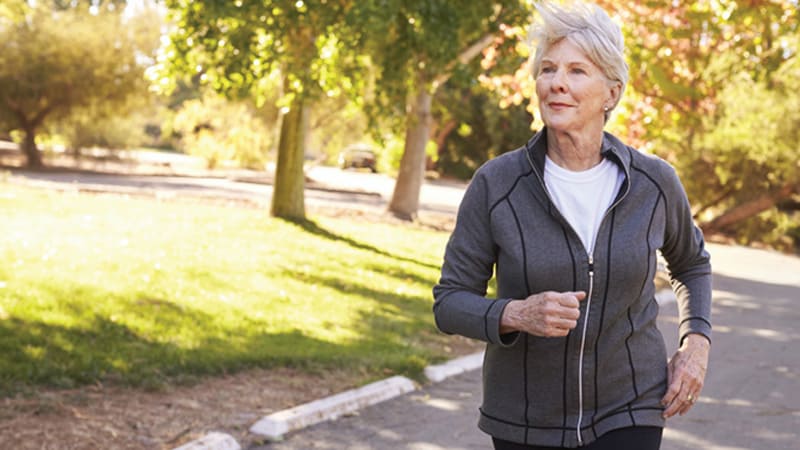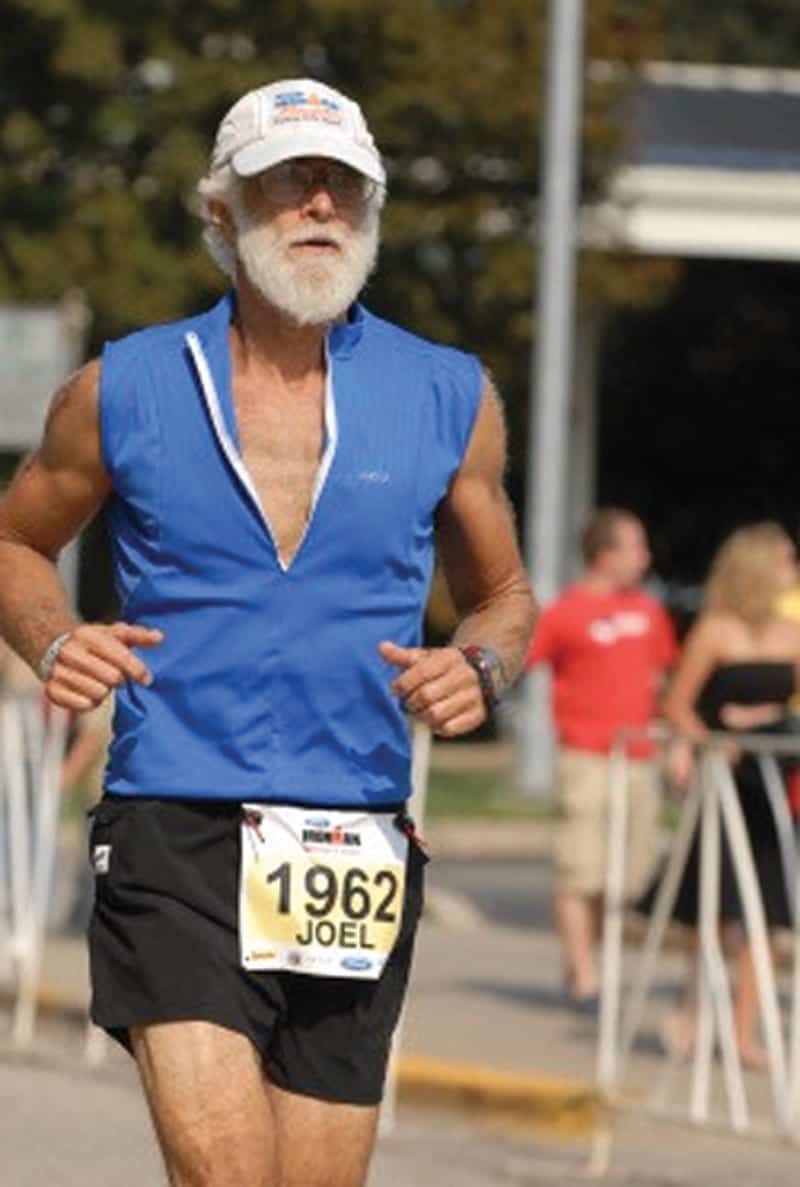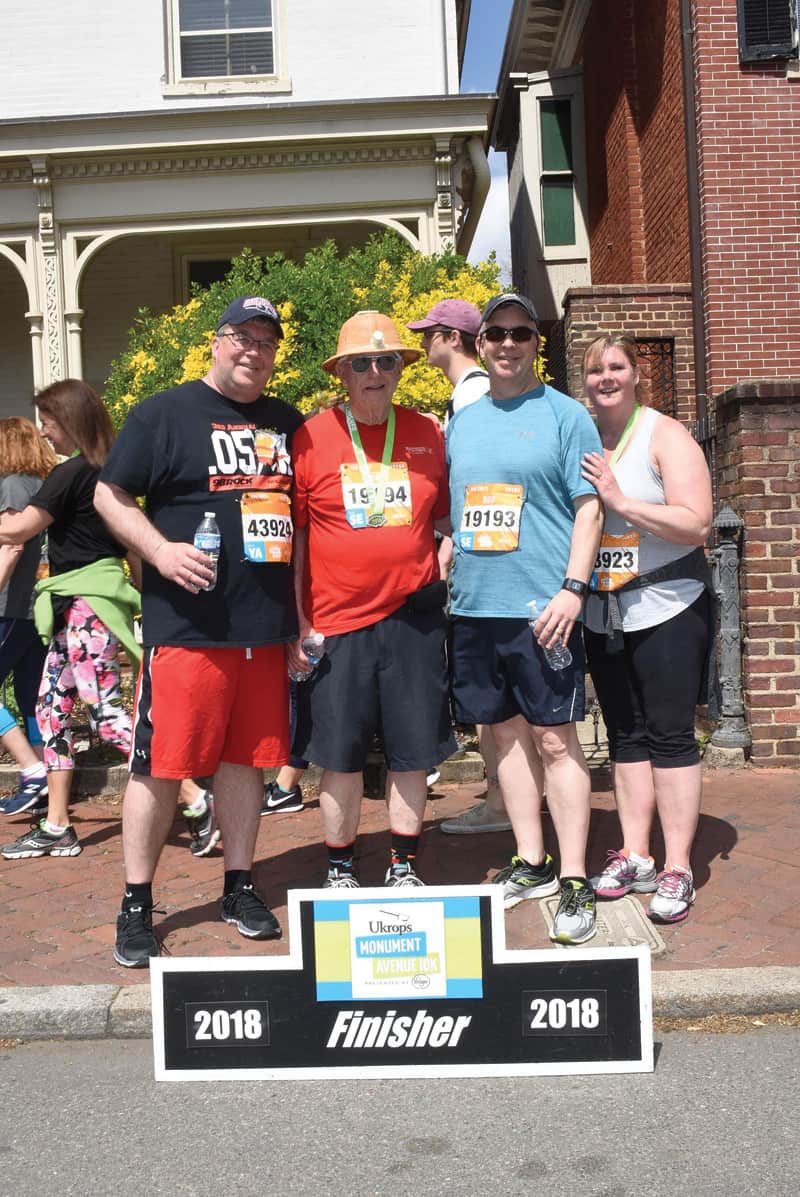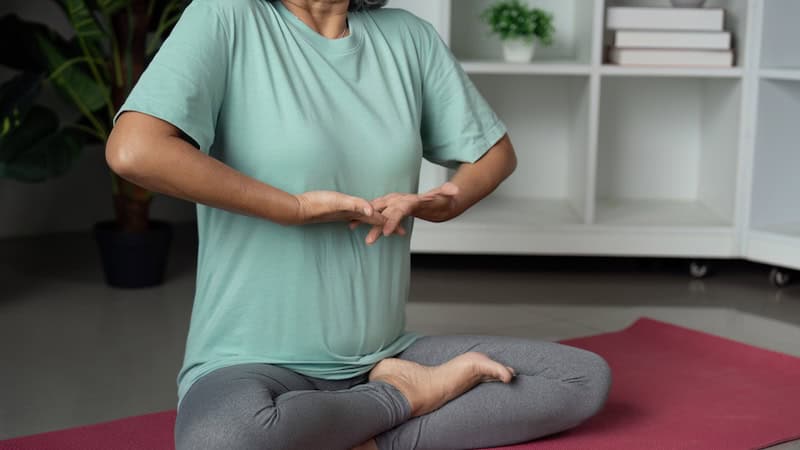Time to Get Moving
Tips on starting a running or walking program that works for you

In the October-November 2017 issue of BOOMER, I told readers about the latest science showing a remarkable array of health benefits from just a little exercise, such as walking or jogging. These include lower risks of cancer and of cardiovascular and neurological problems and other issues that often come with aging. The best news is that it doesn’t take a lot of time or sweat to get these benefits. This article addresses the question, “How do I get started?”
GEAR BASICS FOR COMFORT AND SAFETY
Your most important investments are shoes and socks. Start by visiting a reputable running store to measure your feet and your gait (how you walk or run) and to determine what type of shoe will be optimal for you. Over time the forces of gravity often lead to your needing bigger shoes for exercise (in length and width), especially for jogging.
For many, a neutral fit shoe with substantial cushioning is ideal. You can choose from plenty of quality brands. I’ve personally found the Brooks Glycerin to be a fine choice for my needs – extra widths and comfortable cushioning. Once you find a pair you like, consider buying two and using them on alternate days.
For great socks that will last years, come in bright colors making you visible, and are amazingly comfortable, my favorite are socks by North Carolina-based DeFeet.
Turning to apparel, one iron rule: no cotton! You want a good wicking synthetic fabric to stay comfortable, summer or winter.
My second rule is to buy bright colors for safety. If you’re on the streets, you want to be seen by distracted drivers, particularly in the low-light conditions of early morning, late afternoon or evening. If you’ll be on the streets in the dark, lights and reflective clothing are a must.
The most important rule for keeping fit is: do it consistently, whatever routine you choose. That means you need both warm and cold weather outfits, as well as outfits for the shoulder seasons. You will appreciate a water- and windproof garment to layer over your wicking clothes. This allows you to jog or walk in the occasional lovely snowfall or blustery winter winds. Don’t overlook a good hat and running gloves, since those cover the first parts of your body to feel the cold.
WHEN, WHERE AND WITH WHOM
Now about your schedule, keeping in mind the overarching key here is, as the sports gear slogan says, “Just do it.”
Are you someone who prefers to exercise with company or alone? An exercise buddy and training groups can make you more consistent because of your commitment to them. Personally, I value the quiet Zen effect from jogging alone. Try each and see.
“Jogging with friends or a regular training group has a number of positive aspects,” says Pete Woody, communications manager for Sports Backers. “You get a sense of camaraderie that motivates you and leads to accountability and consistency in your exercise routine. When you run or walk with others, you find that the time and distance go by faster, and your group can offer advice on technique, pacing and gear selection. If you’re preparing for an event, group training is very popular and highly successful.”
If the idea of running in community races motivates you, give those a try.
Next up is when to go. Are you a morning, afternoon or evening jogger or walker? Try them all and see what you enjoy most. Consider jogging on alternate days only, and on other days walking, riding a bike or hitting the gym for weights or machines. If you’re jammed for time or feeling lazy, just go out for a shorter time. Your goal should be to do something six days a week, however modest.
Indoors or outdoors? I prefer the changing scenery, smells and colors of outdoors. As long as you’re dressed appropriately, the weather makes no difference. But I have good friends who prefer indoor aerobics – they enjoy the books they read or programs they watch while on the treadmill or elliptical. What satisfies them would bore me. Find your own preference.
How about your pace? There is science showing that high intensity interval training, known as “HIIT” or “fartlek,” is an especially efficient form of aerobic exercise. This involves short spurts at an intense speed, running the fastest pace you can, followed by longer slow periods at your regular pace. I’m happier going at the pace I enjoy and not pushing for speed. Again, do what feels comfortable to you, because that’s what you will do consistently.
Do you want to measure your jogs or walks? I don’t feel the need to compete against myself or anyone else on my time or distance, but I’ve found a useful jogging app on my phone that tracks my route, distance and time. This can offer clues as to what time of day works best and how moods or temperatures affect pace.
RUNNING AWAY FROM INJURIES
You want to stay injury free in your exercise. Sports doctors, physical therapists, trainers and dedicated runners continue to debate the issue of stretching: before or after your jog, dynamic or static, etc. What is clear is that the older we get, the less flexible we become. Jogging [and just being a guy] can make you tighter in your legs, especially hamstrings. Consult with a professional to determine the appropriate stretching regimen for you.
If you start to feel some new discomfort or pain when you walk or jog, don’t automatically assume stopping the activity is the answer, says Richmond physical therapist Samantha Stone, clinic director at Pivot Physical Therapy’s Westhampton office. “A physical therapist can evaluate why you’re experiencing the discomfort and suggest ways to address it while keeping you moving.”
If it’s been a while since you’ve participated in aerobic exercise, start slow: the winner of a healthy life is the slow but steady tortoise, not the speedy but occasional hare.
ONE BOOMER’S STRETCHING ROUTINE

Learning from experience
Some experts feel post-jog stretches are healthful and essential, such as Richmond native Joel Fine, a 71-year-old jogger who took up running in his 40s, and a frequent jogging coach for people just starting out. Joel has evolved into a regular participant in marathons and triathlons around the country, as well as endurance road and trail events in the North Carolina mountains where he now lives. He helps train people who are just taking up jogging as well as preparing for their first running event.
Based on advice he got from a physical therapist about a painful hamstring injury, Joel now has a post-run stretching routine that has fixed his injury and kept him jogging and participating in a wide variety of road and trail events without injury ever since. “At the end I do a few sets of three repetitions of stretches, doing each stretch for not less than 30 or more than 40 seconds. This stretching routine has made a world of difference.”

“IT’S NEVER TOO LATE”
A new routine for a local family
Rodney Word Sr. is 82, and when he retired two years ago, he decided to take up walking. He chose early morning walks in a park near where he lives and found he liked it, going about two to three miles and varying his route for variety. He likes to eat, and he noticed he lost 20 to 30 pounds without changing his diet. He found he could keep the extra weight off through walking. His health test results got better. He was able to get off many of his medications.
His daughter-in-law is a committed runner, and she suggested he think about signing up for the April Monument Ave 10k and get his son (her husband) to join him. Soon Rodney Word Sr. and Jr. were walking together in the park to get ready for the 10k, working around Rodney Jr.’s work schedule.
When Rodney Sr.’s other son, who lives in Baltimore, heard about the 10k, he and his wife decided to train and join the Word family team for the event. They all crossed the finish line together on April 14.
Rodney Sr. is consistent in his walks. If the weather is too bad to go out, he will walk inside, such as in a mall. He picks different routes and even adds a bit of jogging to his routine to keep things varied. While he typically walks alone, he finds a sense of community in seeing many of the same people along his routes. And Rodney Jr. acknowledges that his routine with his dad gave him a sense of accountability that made him a consistent walker, too.
Find your routine.
EXERCISE OUTRUNS GENES
Overcoming genetic risks
A study published April 9, 2018, in the prestigious medical journal Circulation reported that the benefits of exercise in reducing cardiovascular risks are also true for people who have significant genetic risks for heart attacks, strokes and atrial fibrillation.
The news is especially good because of the scientific strength of the study: over 500,000 participants, ages 49 to 69, and equal numbers of men and women. Among those with the highest genetic risks, exercise showed a 49 percent reduction in coronary disease and a 60 percent reduction in AF.
So bad genes don’t dictate your cardiovascular destiny if you just get moving.
Alan Rudlin is a Richmond resident and retired lawyer who’s evolved from a jogger to a consistent slogger over his 45+ years of “running.” He credits his exercise routine for being a source of inspired thinking, positive mood vibes and the key to enjoying his other favorite leisure activities: partaking of good food and adult beverages.
All content is provided for general information only and should not be treated as a substitute for medical advice. Consult a qualified health-care professional before starting any exercise program.


